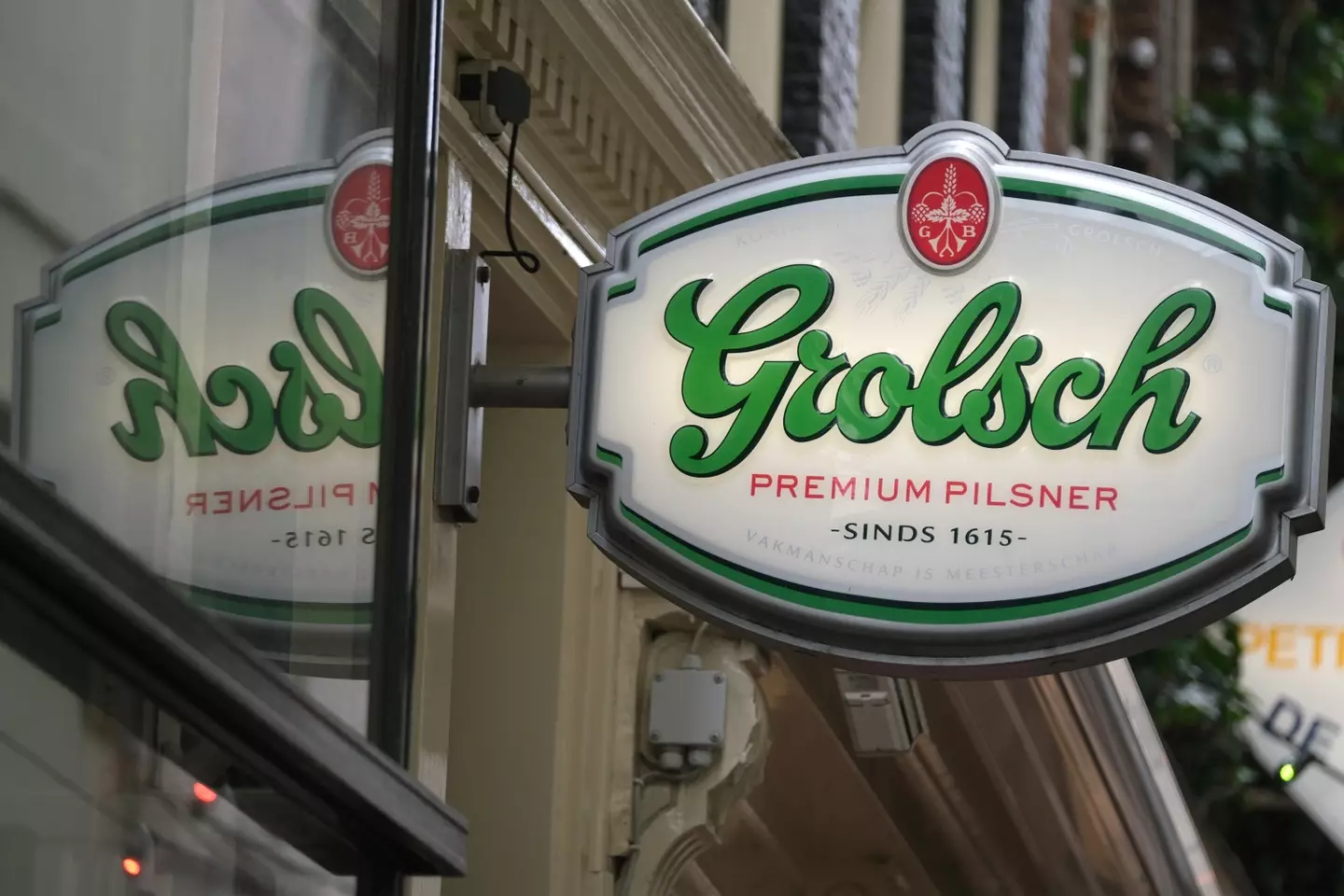It was already weaker than the version sold in the rest of Europe
Knowing what actually goes into your beer is really quite important.
You might be of a mind that it’s all the same swill and it all does the same job, but it’s best to know what you’re quaffing.
Say, for example, you order a Madri at the bar and think you’re getting something that’s been brewed in Spain.
Well, you’re not; it’s actually produced in the UK by the same bunch that make Carling and Coors.
Frankly, quite a lot of the beers which you’d think come from abroad actually got brewed in the UK, because, sometimes, it’s just easier and cheaper.
At other times, you are genuinely getting a different deal with what you buy, a bit like when you go to continental Europe and the Fanta there tastes better because it’s a different mix.

Prepare for ‘drinkflation’. (Getty Stock Photo)
It’s the same for some beer brands as well. If you were buying a bottle of Grolsch Premium Pilsner beer, in the rest of Europe, it’d be five percent ABV (alcohol by volume).
However, the current stuff on the shelves in the UK is just four percent, and The Grocer reports that this premium beer is going to have even less alcohol in it now.
According to them, ‘drinkflation’ (that’s clever, I like that) has kicked in, and the strength of the beer is dropping after sales had been slipping in the UK.
This follows Grolsch being relaunched in the UK at four percent in 2020, so now, the new stuff is going to be a full 1.6 percent weaker than its continental counterpart.
The Grocer says this weakening in strength will save beer distributor Ashai UK about 23p in excise duty for every 440ml can of Grolsch sold.

Can you still call it premium at 3.4 percent? It’s still five percent in continental Europe, by the way. (Yuriko Nakao/Getty Images)
A spokesperson for Ashai UK told them: “Following much analysis, we decided to reformulate Grolsch to a new abv of 3.4%, which went into market earlier this year.
“We are confident this still delivers an excellent premium beer that will appeal to a broad range of consumers.”
About that, it turns out that quite a few Brits aren’t particularly pleased with the reformulation of the beer, and took to social media to explain why.
One person described a 3.4 percent strength beer as a ‘f**king shandy’, while another lamented Grolsch as a ‘once decent’ tipple, and said he’d been a fan of the old five percent mix.
He wondered who the 3.4 percent beer was aimed at, while a third declared: “Grolsch, now alternatively known as p**s.”
Someone else said the downgrade made Grolsch into a ‘run of the mill session lager’ that was ‘certainly no longer premium’.
LADbible has contacted Ashai UK for further comment.
Featured Image Credit: Getty Stock Photo



